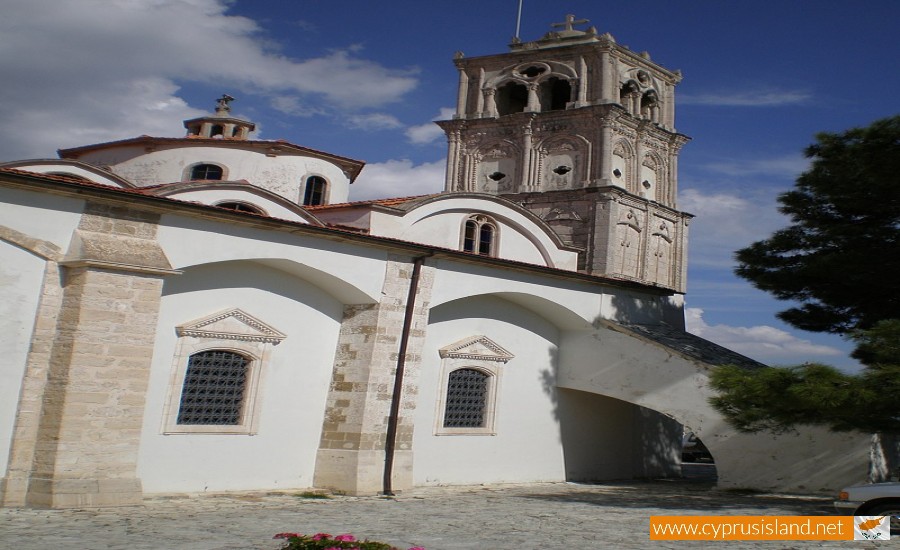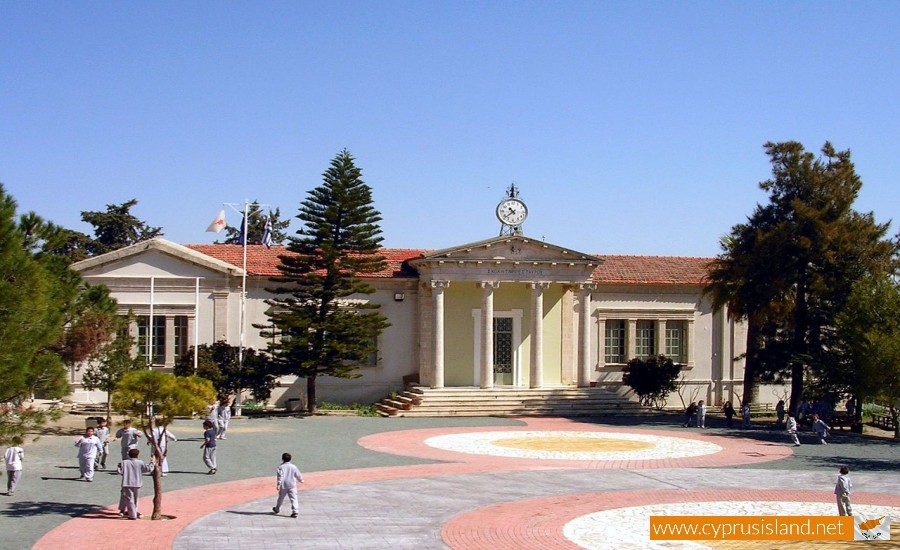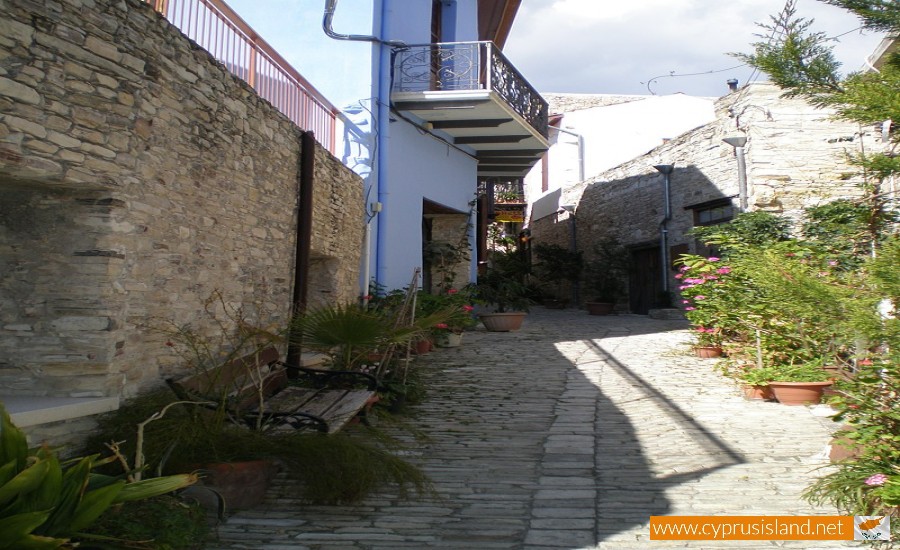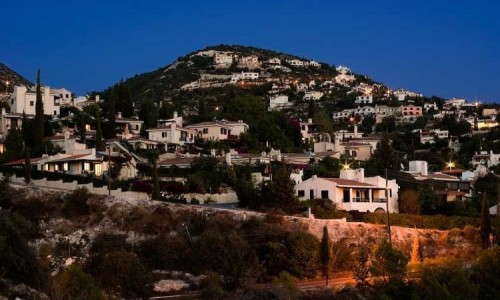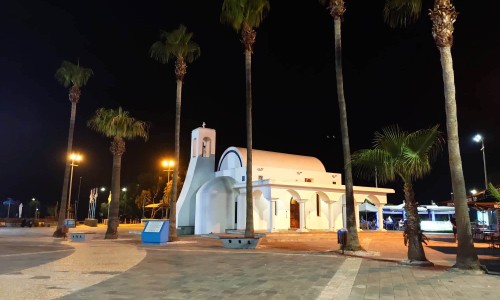Lefkara Village
Perched at about 650 m above sea level on the sunny slopes of Troodos, Lefkara unfolds like a living canvas—an amphitheater of winding limestone alleys, terracotta rooftops, and centuries-deep craft traditions. Best known for its delicate “Lefkaritiko” lace and silversmithing art, Lefkara is not just a destination; it’s a story woven in thread, stone, and community.
Lace, Legends & Living Tradition
Lefkara’s heartbeat echoes in the steady rhythm of embroidery—women gathered beneath porticos, bent over linen, creating geometric patterns through hem-stitch, cut-work, satin embroidery, and needlepoint edges. Passed from mother to daughter, this craft in soft shades of white, beige, and ecru is both social ritual and self-expression. Legend credits a visit from Leonardo da Vinci—who purportedly purchased a piece for Milan Cathedral’s altar—a tale whispered with pride in every shop.
Its mastery runs deep: in 2009, Lefkaritiko was recognised on UNESCO’s Representative List of Intangible Cultural Heritage. Beyond aesthetic, it signifies pride, patience, and cultural resilience.
Silver Filigree & Stone Portrait
Lefkara’s metalwork—delicate filigree jewelry, crosses, spoons, icons—shines as brightly as its lace. Silver artists work visible through shop windows, crafting ornate pieces inspired by Byzantine and Venetian patterns. In one workshop near the quaint Tasies café, the shimmering metalwork reflects centuries of tradition.
Between lace stalls and silversmiths, the village’s architecture holds equal artistry. Walls of local white limestone, red tile roofs, carved wooden balconies, and deep-blue shutters paint a timeless, living heritage. Cobbled streets curve between houses that have seen Ottoman, Venetian, and British eras—a stone tapestry of Cypriot rhythm.
A Village Recognised Worldwide
Lefkara is more than prettiness on the map—it’s acknowledged globally. Its architecture, crafts, and sustainable practices earned it a place on the UN World Tourism Organization’s ‘Best Tourism Villages’ list, and recognition from Japan’s travel body as one of Europe’s most beautiful villages. Over 550 listed buildings and dozens of ancient monuments echo its preserved charm.
Quiet Heritage, Everyday Life
Beyond workshops, coffee-scented tavernas, and folk festivals, Lefkara is a place of lived continuity. In August, the Lefkara Festival fills winding streets with music, dance, storytelling, and lace displays—a vibrant clash of past and present.
Wandering its lanes, you may glimpse jasmine in courtyards, elderly artisans recalling patterns, or visitors discovering lace that’s more soul than souvenir. Nearby chapels like Timios Stavros and Archangelos Michail are sprinkled with 12th–15th-century frescoes—quiet guardians of sacred time.
Who Will Be Enchanted Here?
- Artisans and craft lovers, seeking authenticity in thread and metal
- Cultural travelers drawn to tradition carried forward
- Photographers and artists chasing stone textures and luminous details
- History enthusiasts tracing Venice, Byzantium, and Ottoman echoes
- Wandering souls craving quiet alleys, village warmth, and hillside air
Tips for Enjoying Lefkara
- Wander slowly: lace hooks you in; murals and balconies keep you lingering.
- Visit yet support local: each piece sold sustains art and ancestry.
- Take the time: linger at a café, watch the silver craft, or step into a courtyard.
- Visit in August: cultural celebrations bring the village alive, with warmth beyond weather.
Lefkara is more than pretty houses and historical craft—it is the poetry of Cyprus embodied. Each stitch and silver thread weaves identity, memory, and sunlight. Visit here, and find that heritage isn’t something dusty behind glass—it’s alive in every alley, hand-me-down stitch, and quiet smile shared over lace.



